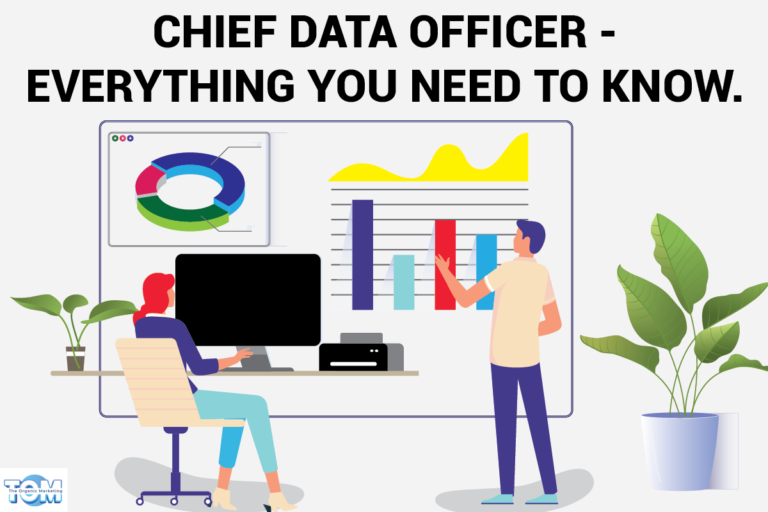The Basics of How the Internet Functions
The internet has completely changed the way we work, interact, and obtain information in the modern world. It is a huge network that links billions of devices all over the world, allowing for seamless data and information transmission. In this article, we’ll examine the core principles behind the operation of the internet, from internet addresses and packets to the network’s architecture, connection types, and protocols, as well as how it powers websites and other online services.
What is Internet or Internet Address?
The internet is a vast worldwide network of linked devices, including servers, routers, laptops, and cell phones. An IP (Internet Protocol) address is a special numerical label that uniquely identifies any device connected to the internet. Devices may find one other on the network and communicate with one another thanks to these addresses. IPv4 and IPv6 are the two different types of IP addresses. IPv6 offers a bigger address space to support the increasing number of internet-connected devices.
Basic Infrastructure of the Internet
The internet’s infrastructure is a vast and intricate network of hardware components essential for its operation. Data centers are centralized facilities that store and distribute web content and applications, ensuring accessibility to users worldwide. Routers and switches act as traffic directors, intelligently routing data packets to their specified destinations, optimizing data flow within the network.
Beneath the ocean’s surface, undersea cables from a critical component, physically connecting continents and enabling high-speed global data transfer. This intricate infrastructure, comprising data centers, routers, switches, and undersea cables, forms the backbone of the internet, enabling its seamless and reliable functionality on a global scale.
What are the Pillars of the Internet?
- Accessibility: Ensuring that users can access the internet through various devices and connection methods.
- Reliability: Maintaining the stability and uptime of the internet, minimizing downtime and disruptions.
- Scalability: Adapting to accommodate the ever-increasing number of devices and users on the network.
- Security: Implementing measures to protect data and users from cyber threats and attacks.
What are Packets and Protocols?
The smallest pieces of data transferred across the internet are referred to as packets. Both the data being carried and control information, such as source and destination IP addresses, are included in these packets. The guidelines and conventions that devices adhere to when talking with one another are governed by internet protocols. The Transmission Control Protocol (TCP) and the Internet Protocol (IP), sometimes known as TCP/IP, are the most widely used protocols on the internet. These protocols provide efficient and dependable data transfer across the network.
How Does the Internet Work?
- Data Creation: The process begins when a user creates data, such as composing an email or loading a web page.
- Data Division: The data is divided into packets, each with a header containing source and destination information.
- Routing: The packets are then sent through a series of routers, each making decisions on how to forward the packets based on their destination IP addresses.
- Transmission: The packets travel over various network links, including wired and wireless connections, to reach their destination.
- Reassembly: The packets are reassembled into the original data after they have reached their destination.
- User Access: The user can now access the data through their device.
What types of connections are possible through the internet?
- Wired Connections: Utilizes physical cables like Ethernet and fiber optics, offers high-speed, stable internet connections, ideal for stationary setups in homes and offices, ensures reliability and consistent performance.
- Wireless Connections: Relies on radio waves for data transmission, includes Wi-Fi and cellular networks, provides mobility and convenience for on-the-go internet access, commonly used in homes, public spaces, and mobile devices.
- Satellite Connections: Uses orbiting satellites to transmit data globally, enables internet access in remote or underserved areas, offers a viable option when wired and wireless connections are unavailable, can be slower and more susceptible to latency due to the distance signals travel through space.
What are Internet Connection Protocols, and Why are They Vital to the Internet?
Internet connection protocols determine how devices establish and maintain connections with each other. Common internet connection protocols include HTTP (Hypertext Transfer Protocol), HTTPS (HTTP Secure), FTP (File Transfer Protocol), and SMTP (Simple Mail Transfer Protocol). These protocols ensure that data is transmitted securely and efficiently, making them crucial for the internet’s functionality.
How do Websites and Several Applications use the Internet?
Websites and applications utilize the internet to deliver content and services to users. When a user interacts with a website or app, requests are sent to servers via the internet. The servers process these requests, retrieve the necessary data, and send it back to the user’s device. This seamless exchange of data over the internet enables users to browse websites, send emails, stream videos, and use a wide range of online services.
The internet is a remarkable global network that has transformed the way we communicate, work, and access information. Understanding how it works, from the basics of internet addresses, packets, and protocols to its infrastructure, connection modes, and the role it plays in powering websites and applications, is essential in today’s digital age. As technology continues to advance, the internet will undoubtedly remain a central component of our daily lives, evolving to meet the ever-growing demands of a connected world.
For a deeper dive in the functions of the internet or for any other queries related to the internet, contact The Organic Marketing.







